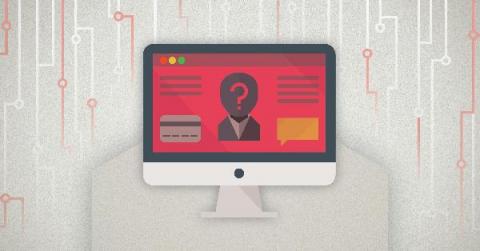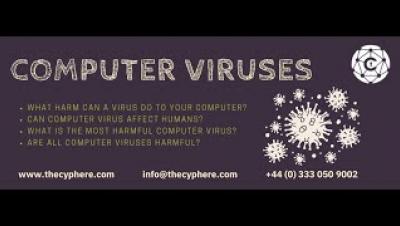Security | Threat Detection | Cyberattacks | DevSecOps | Compliance
Malware
JBS Ransomware Attack Started in March and Much Larger in Scope than Previously Identified
SecurityScorecard also found that 1 in 5 of the world’s food processing, production, and distribution companies rated have a known vulnerability in their exposed Internet assets
EO, EO, It's Off to Work We Go! (Protecting Against the Threat of Ransomware with Splunk)
On June 2nd, 2021, the White House released a memo from Anne Neuberger, Deputy Assistant to the President and Deputy National Security Advisor for Cyber and Emerging Technology. The subject? “What We Urge You To Do To Protect Against The Threat of Ransomware.” It outlines several recommendations on how to protect your organization from ransomware. The memo was a follow-up to President Biden’s May 12th Executive Order on Improving the Nation’s Cybersecurity Order (EO14028).
Ransomware and Energy and Utilities
The exponential growth of IoT devices in the energy and utilities industry has greatly increased focus on cybersecurity. Focus on cybersecurity across industries has increased recently, no doubt due to factors like COVID-19 forcing a jump in remote work. In 2020, we saw cybersecurity move from being a technical problem to a business issue.
Should Paying a Ransom be Illegal?
What harm can computer viruses cause?
Coffee with Jim - Thoughts on the Ransomware Pandemic
Avaddon Ransomware Attack Hits AXA Philippines, Malaysia, Thailand and Hong Kong
Qlocker ransomware gang shuts shop after extorting owners of QNAP NAS drives
With all the headlines about ransomware attacks hitting companies hard, you might think there’s only bad news around the subject. Well, think again.
Stalkerware: What is being done to protect victims as the number of cases rises
People are increasingly becoming aware of the threats posed by hackers who infiltrate devices using viruses, spyware and malware. However, it may be time to shine the spotlight on “stalkerware”, a completely different type of cyber security threat that nevertheless has lasting negative repercussions. In this article, we will talk about this malicious software, which allows a remote user to surveil all activities on another user’s device.










